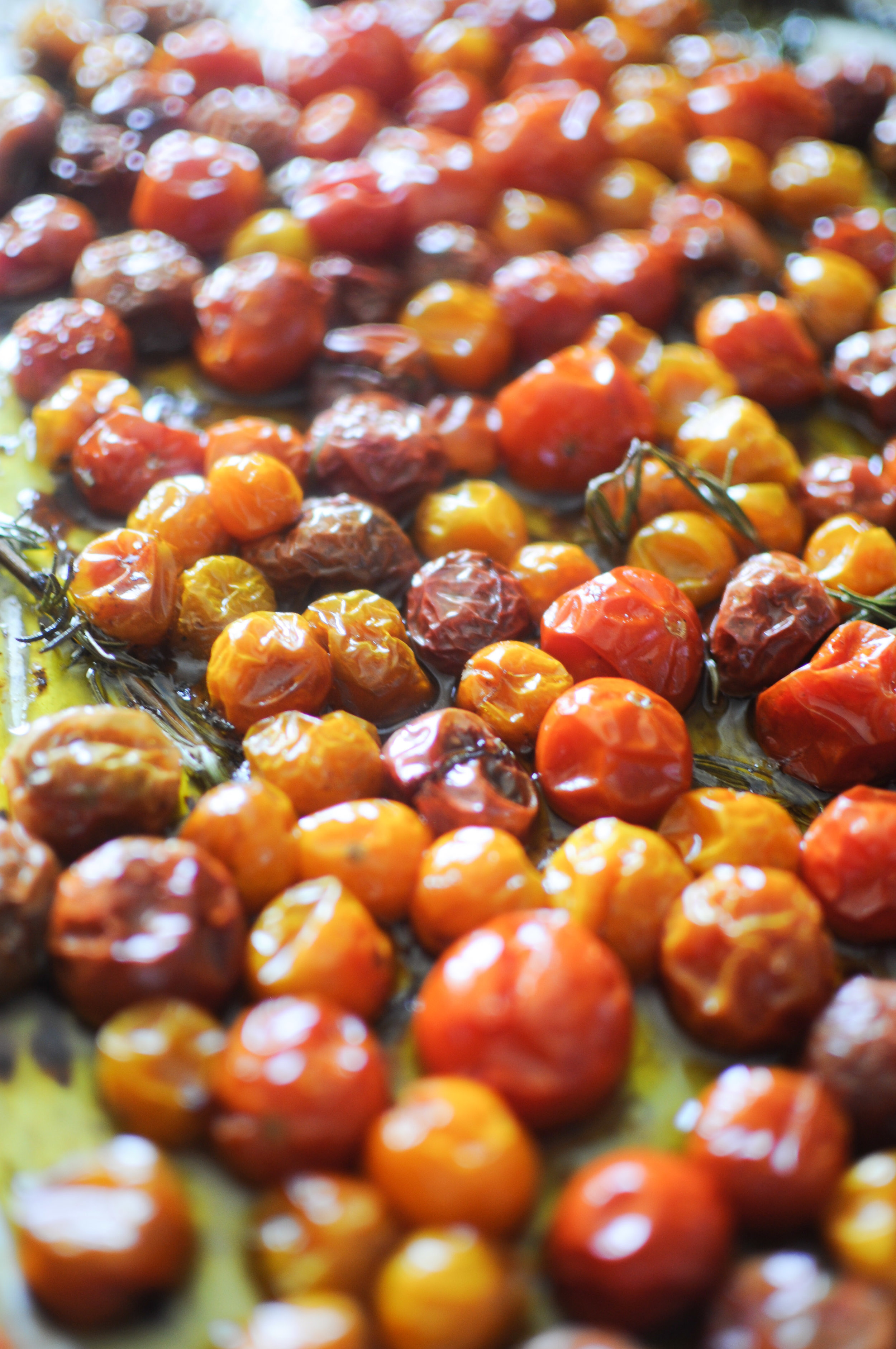I’ll be honest – the first time I made pickled peaches, I was very skeptical (and you probably are too). Alas! I’m so glad that I persevered, because these lovelies are nothing like the mushy, slimy, overly sweet peaches that come from a can at the store. Homemade pickled peaches strike the perfect balance of sweet, tangy, and a little bit of spice – they are delicious spooned over ice cream, dropped in a glass of sparkling wine/water, served in a salad or alongside sandwiches, or better yet – just eaten straight from the jar. These are 'refrigerator' pickles, so there's no need to deal with hot water bath canning, and they store in your fridge for ~1 month - so it’s a great way to extend the life of your stone fruit. Keep scrolling for the recipe, which was adapted from chef Damaris Phillips’ recipe.
Quick Pickled Peaches
ingredients:
- 1 1/4 cups rice wine vinegar
- 1/3 cup honey
- 1/3 cup sugar
- 1/2 teaspoon pumpkin pie spice
- 1-inch chunk ginger, peeled and chopped
- 2 pounds peaches (about 6-7 peaches), peeled, pitted and quartered
instructions:
How to cook Quick Pickled Peaches
- To peel the peaches, make sure they are ripe (but not too soft). Cut a shallow cross in skin at blossom end of each peach. Plunge the peaches, a few at a time, into large pot of boiling water for about 30 seconds. Transfer fruit to bowl of ice water until cool enough to handle, then strip away skins using your fingers (use paring knife for any stubborn bits). Cut the peeled peaches into quarters or 1/2" thick slices.
- In a saucepan over medium heat, combine the vinegar, honey, sugar and pumpkin pie spice. Heat and stir until the sugar dissolves, 2 to 3 minutes. You do not want this to get too hot or it will over-cook the peaches.
- Put the ginger in the bottom of a 1-quart mason jar, then fill with the peeled peaches. Pour the liquid over the peaches, leaving 1/2" of head space. All to cool, seal, and store in the refrigerator. They will be ready to eat in a few days, and will last in the fridge for 1 month.





